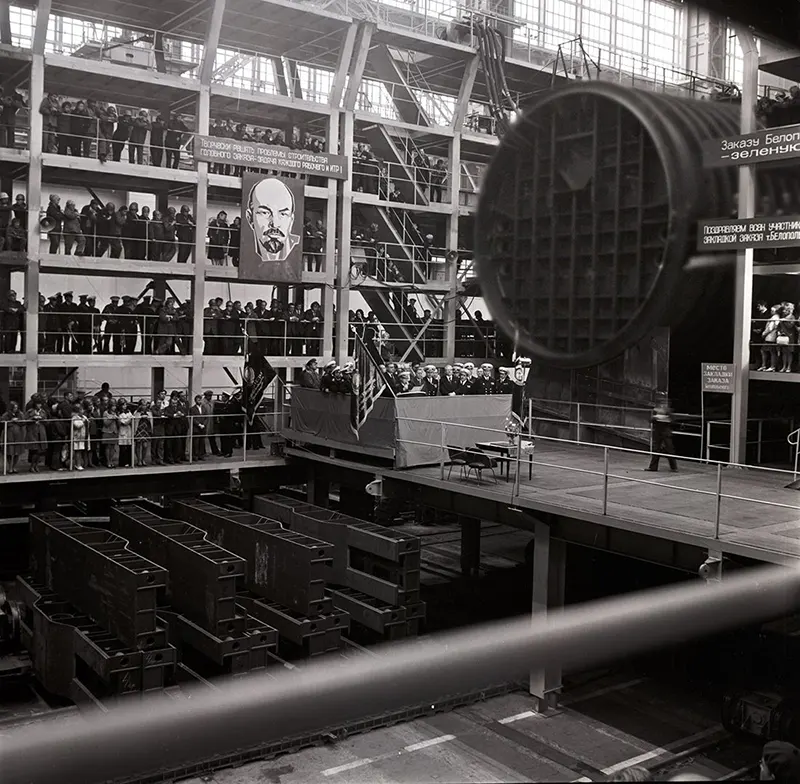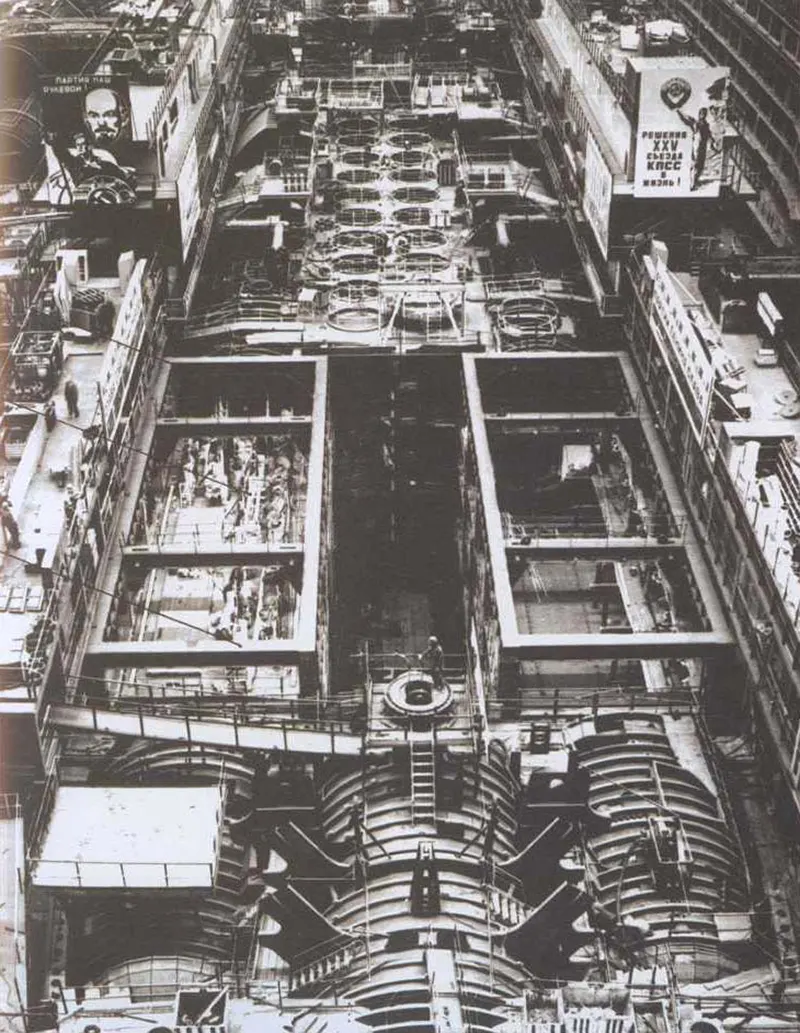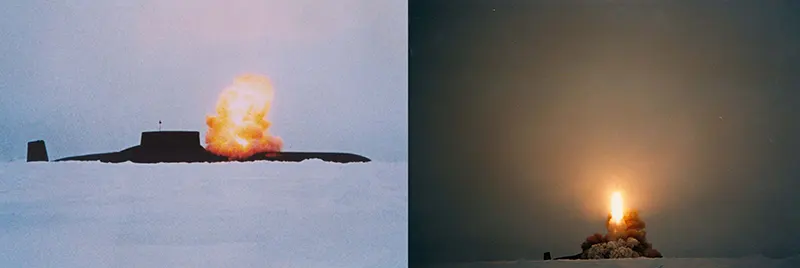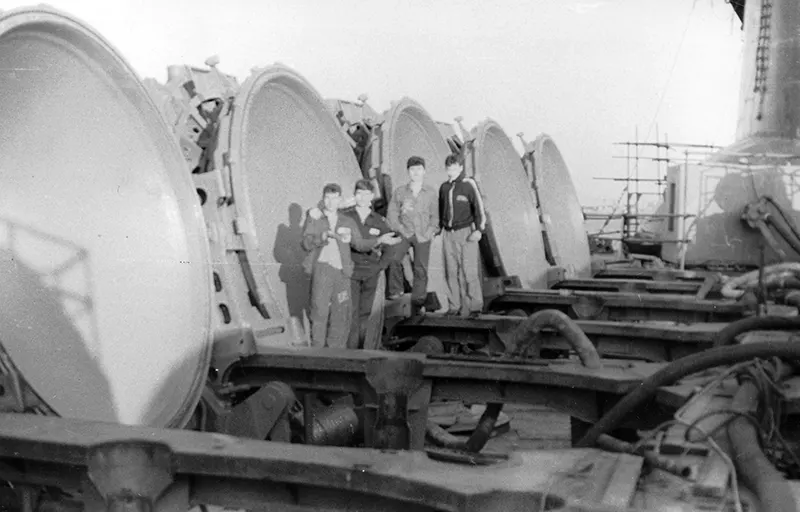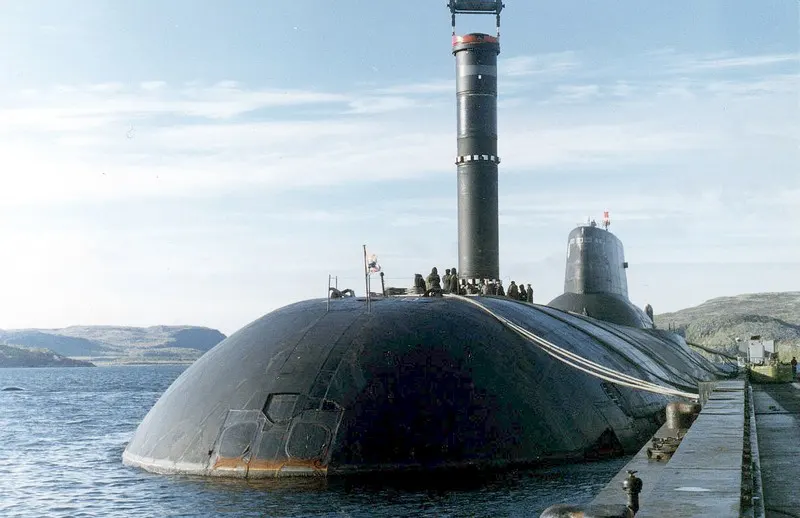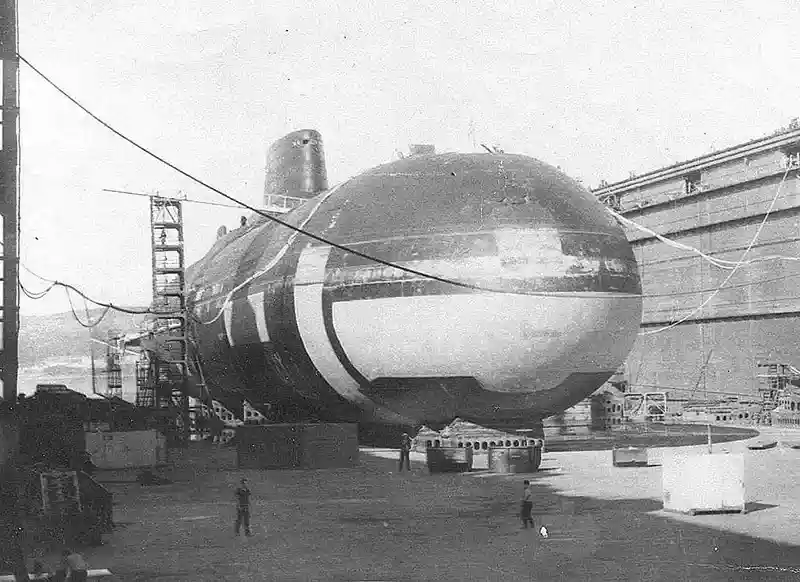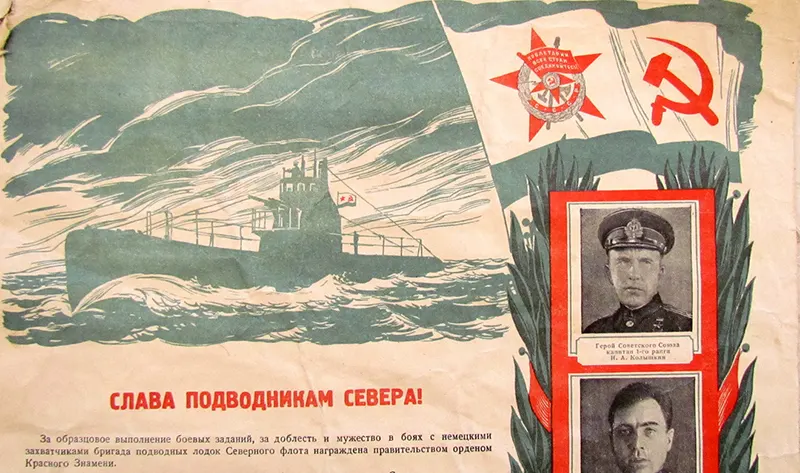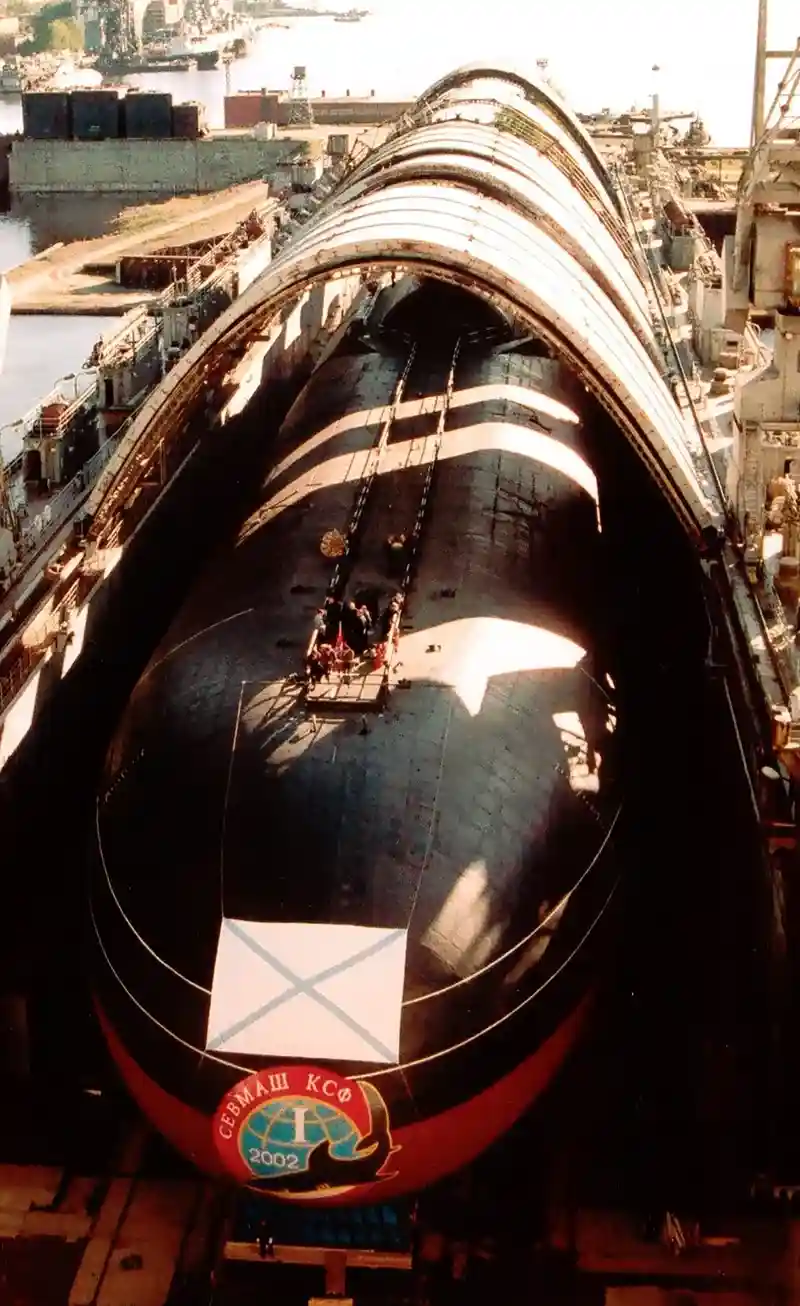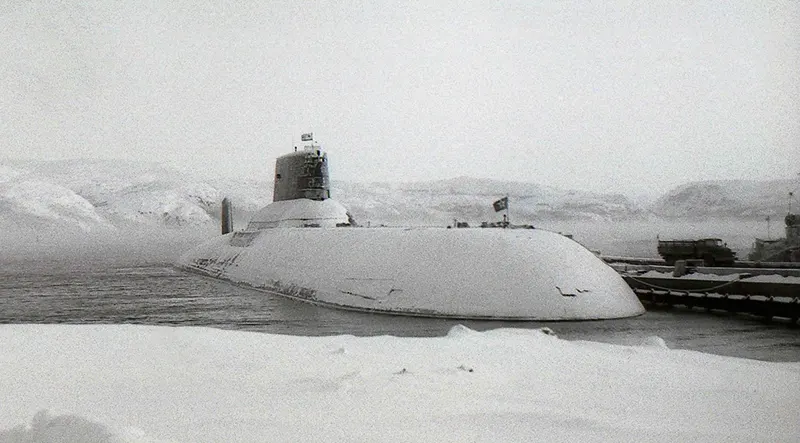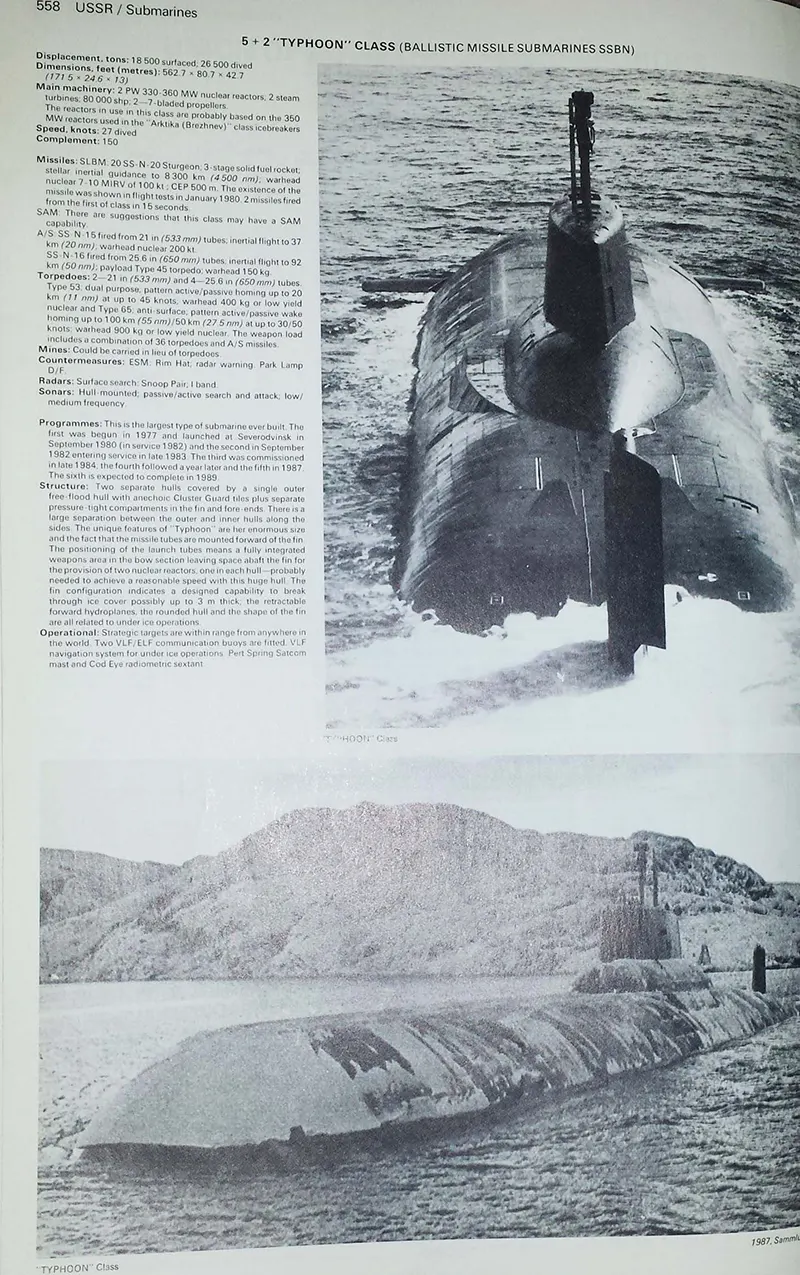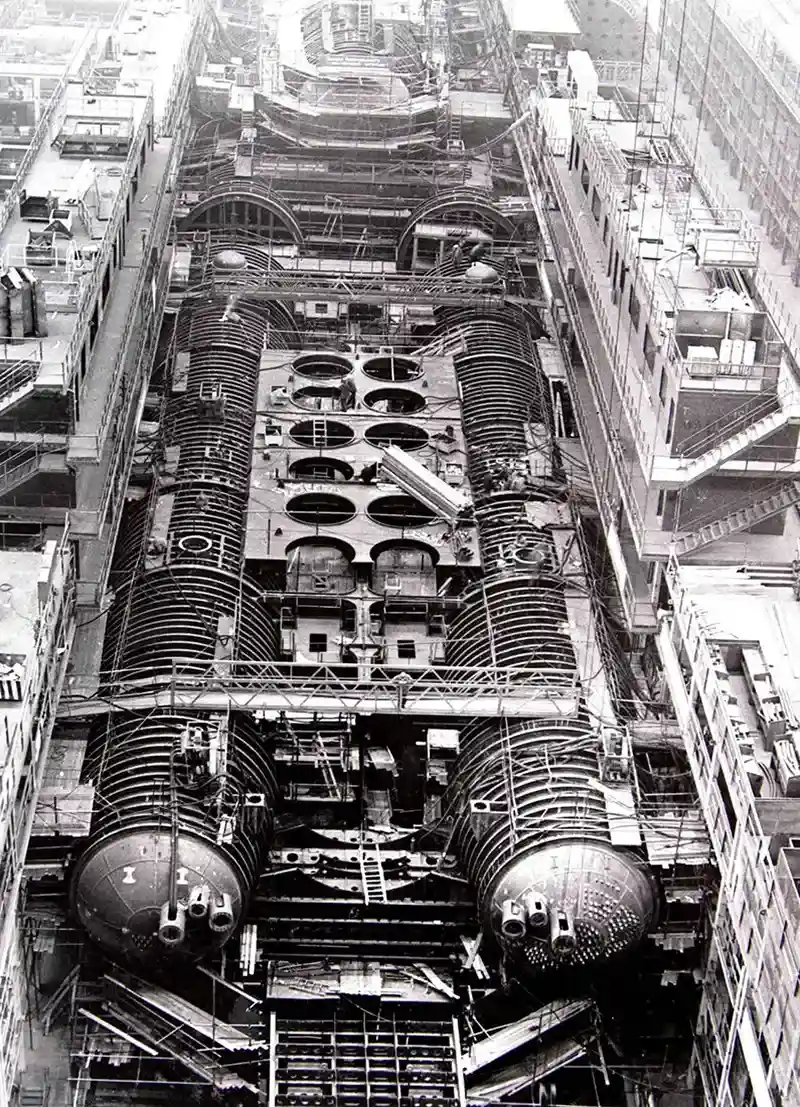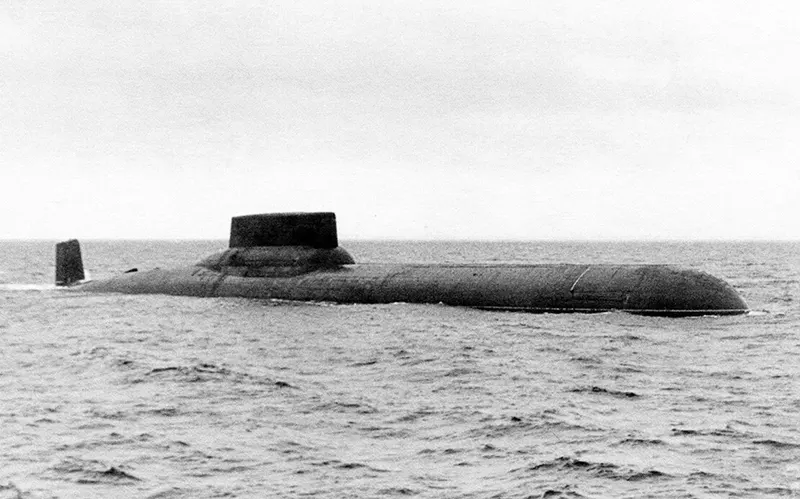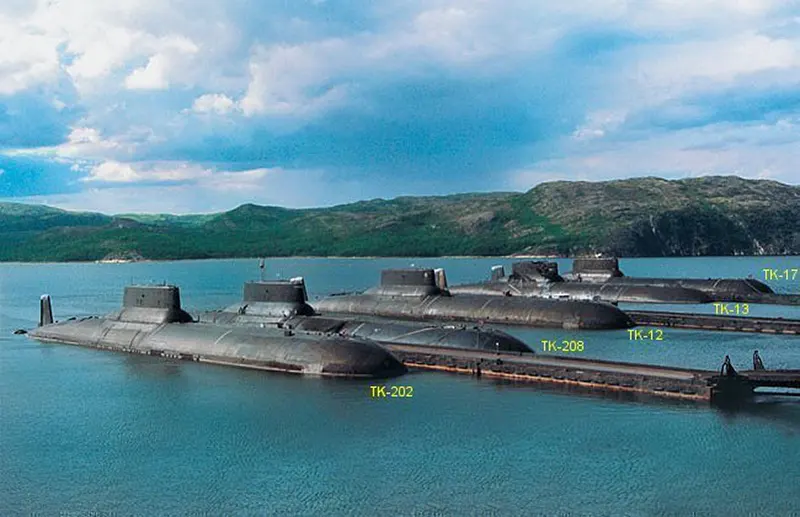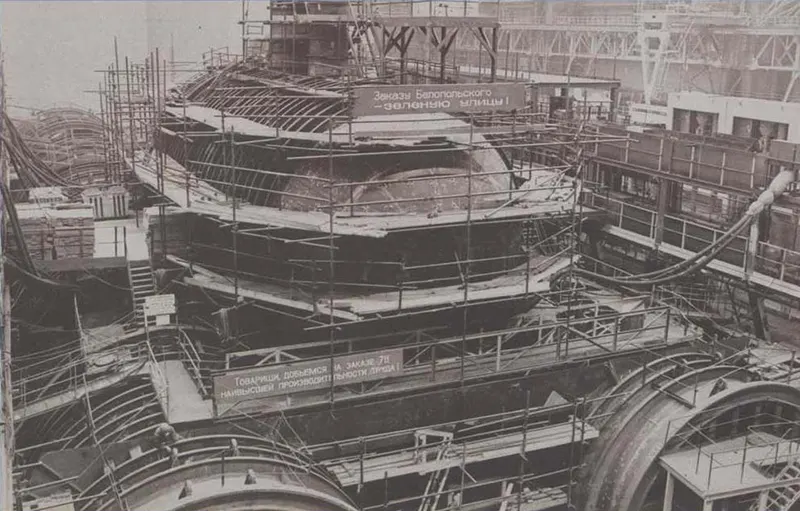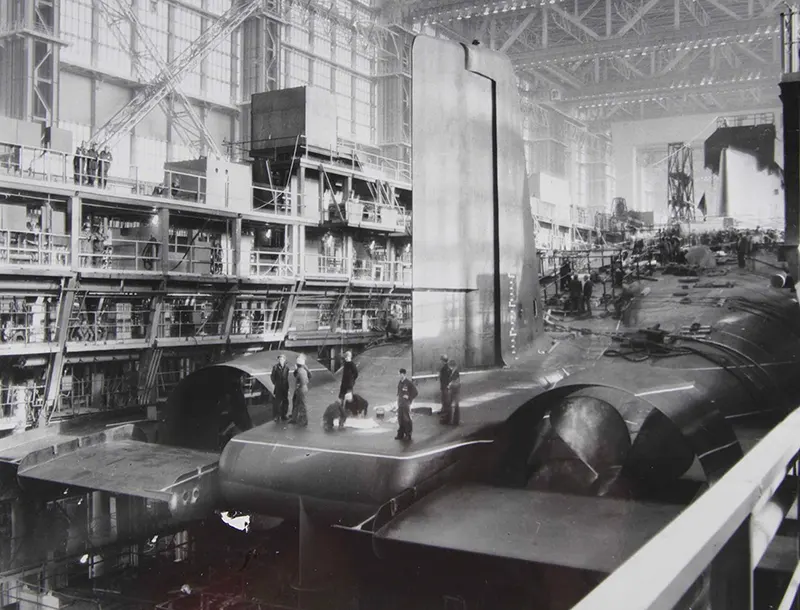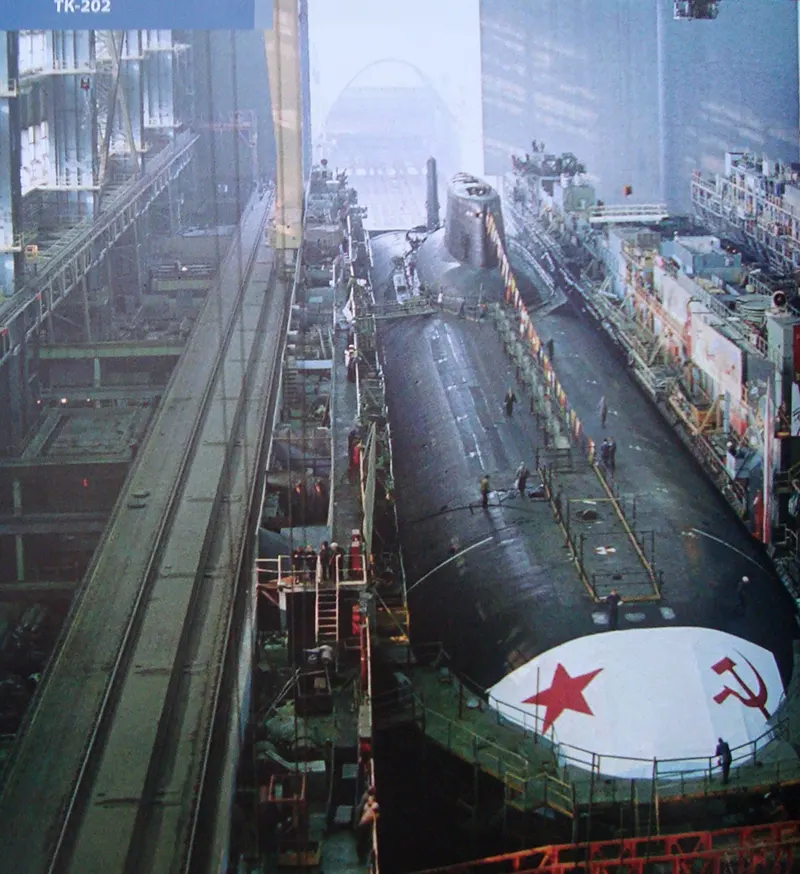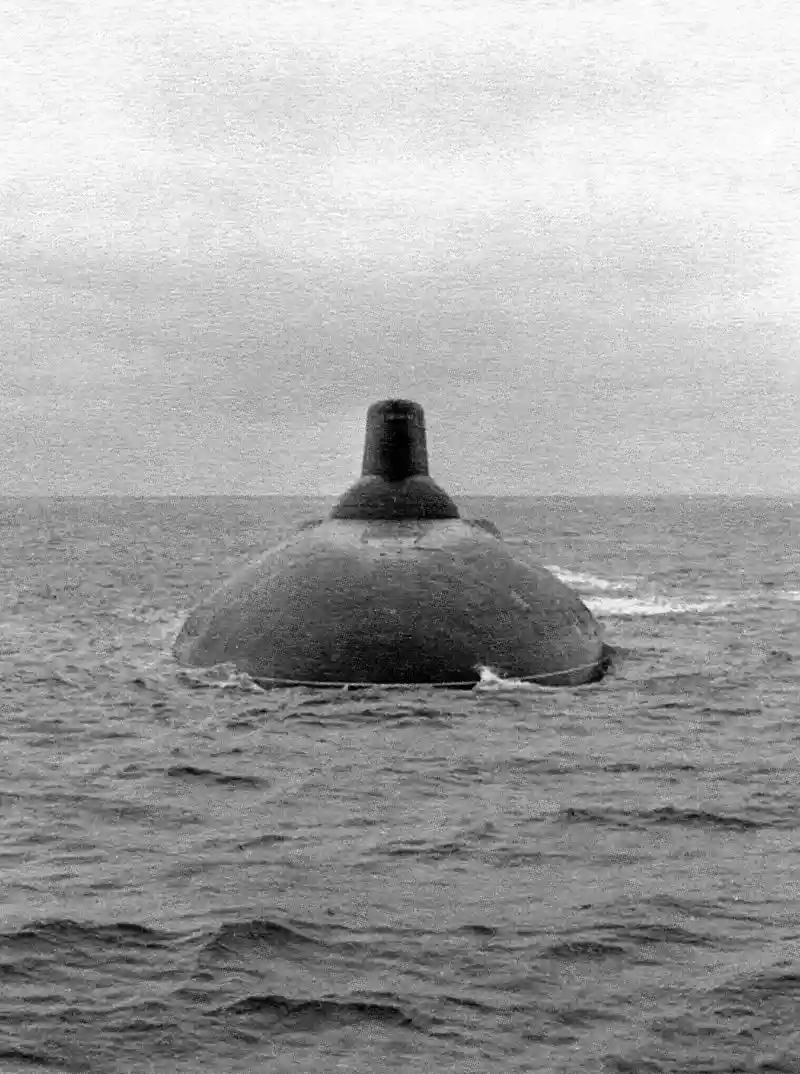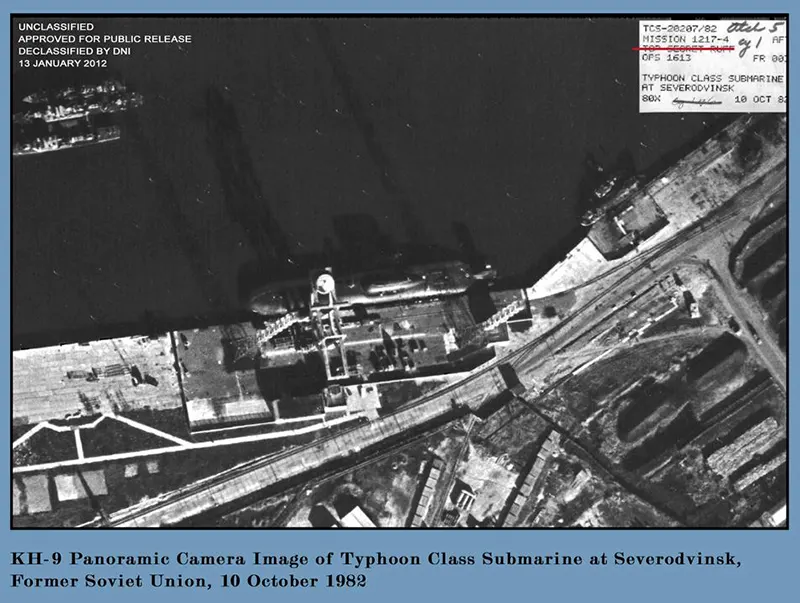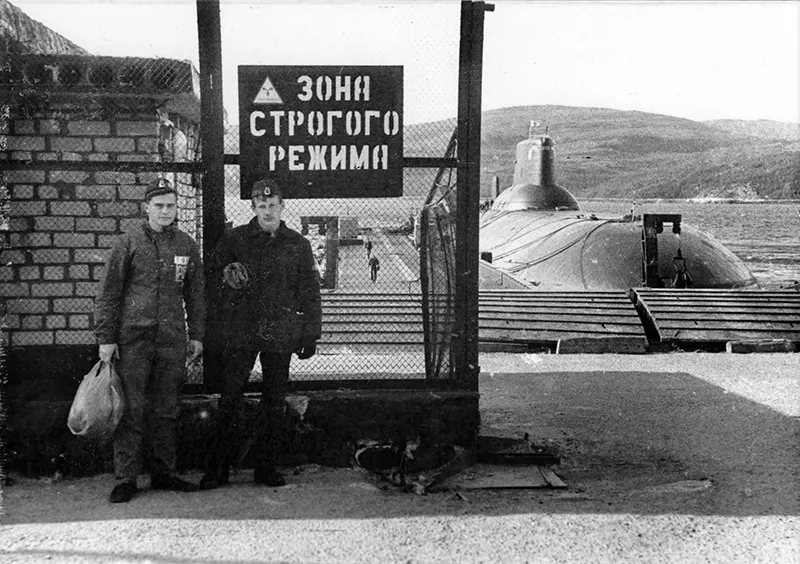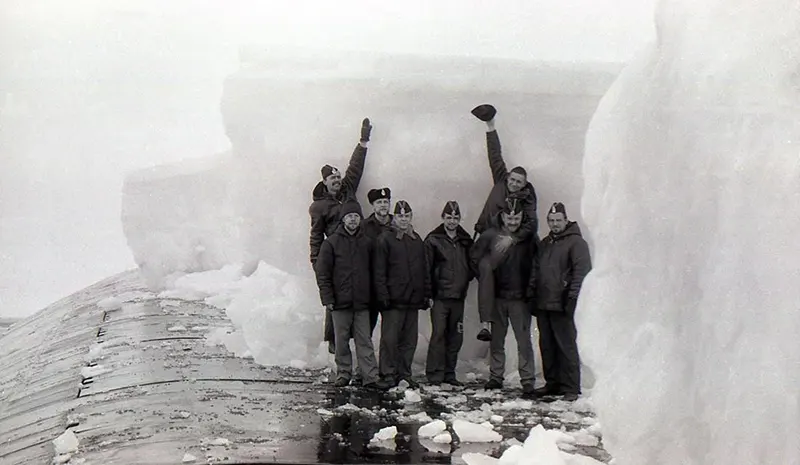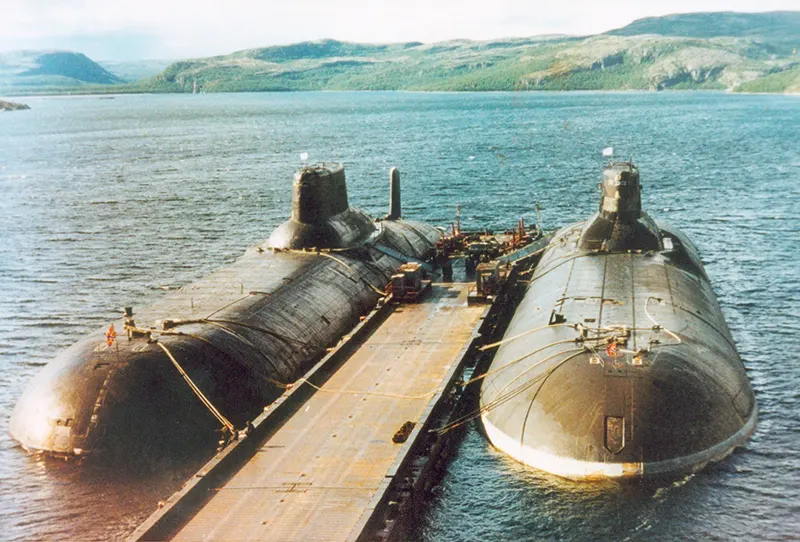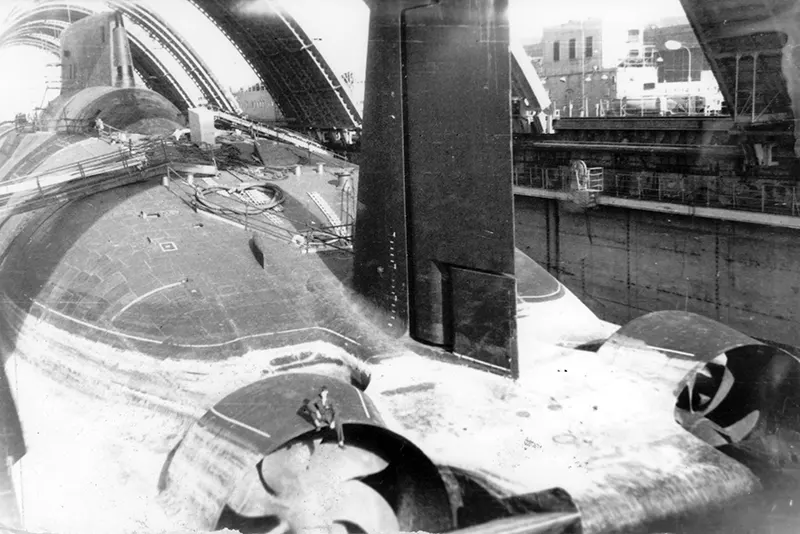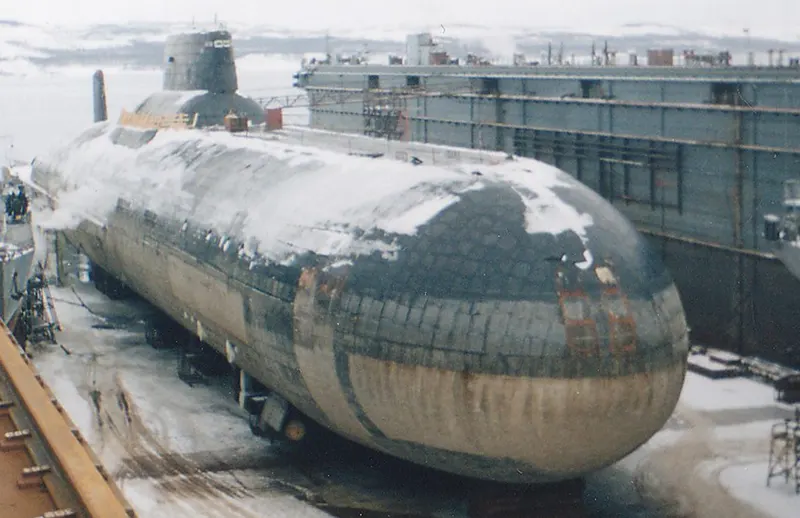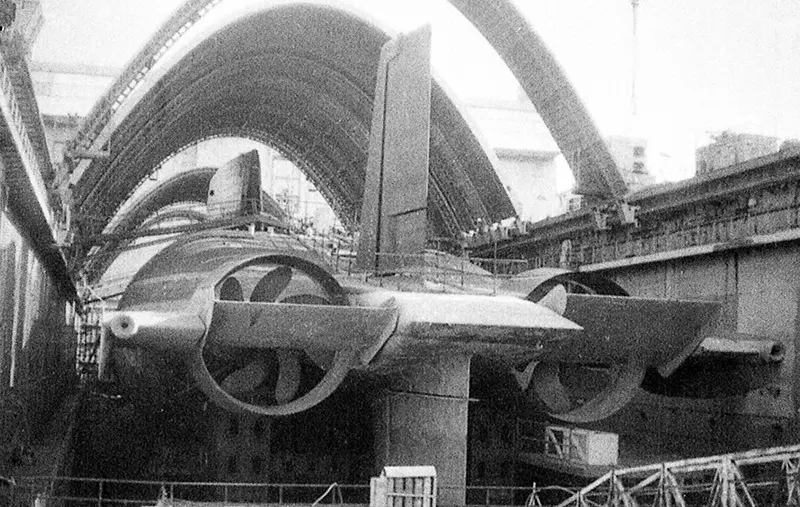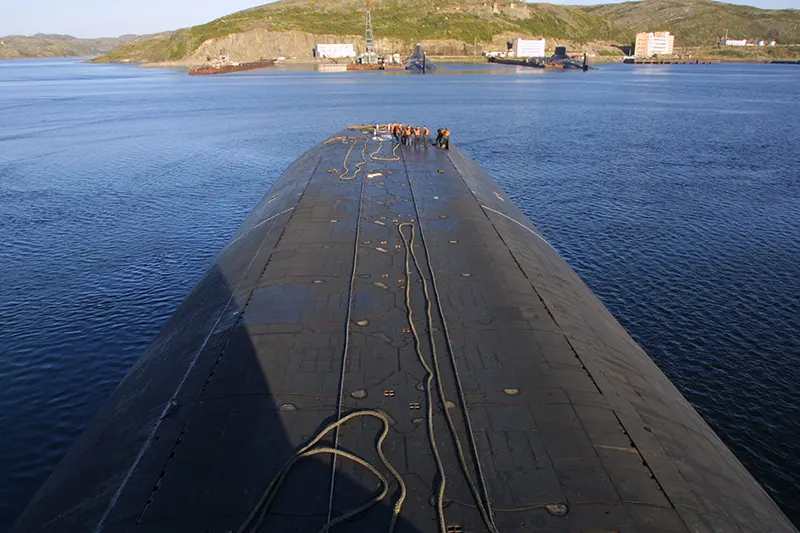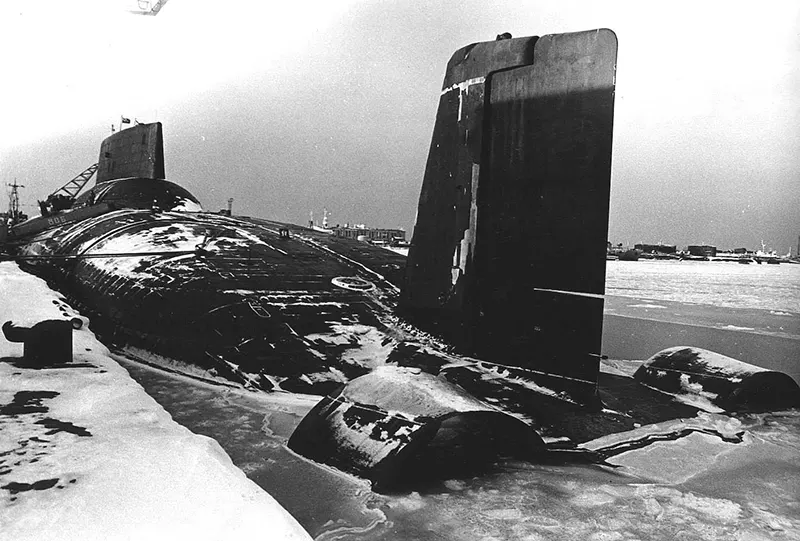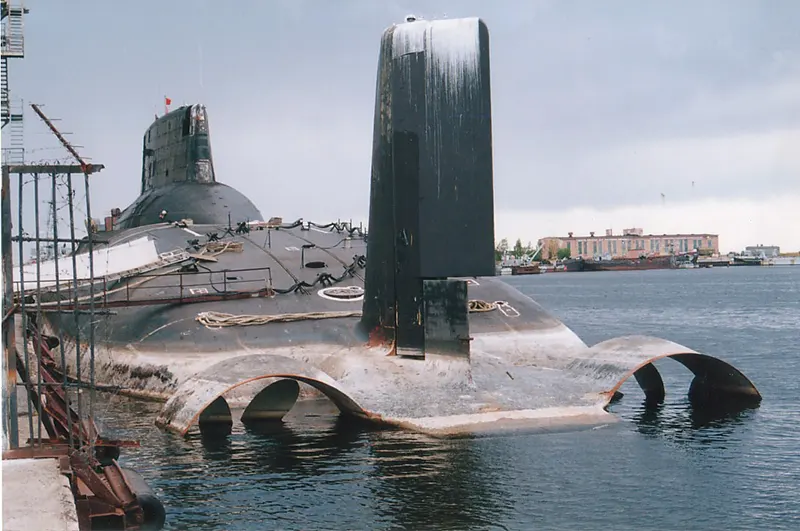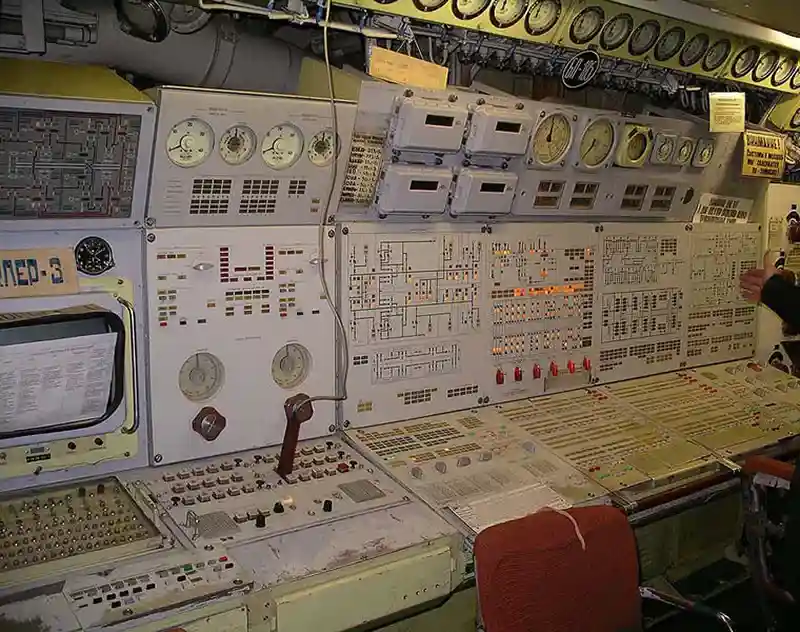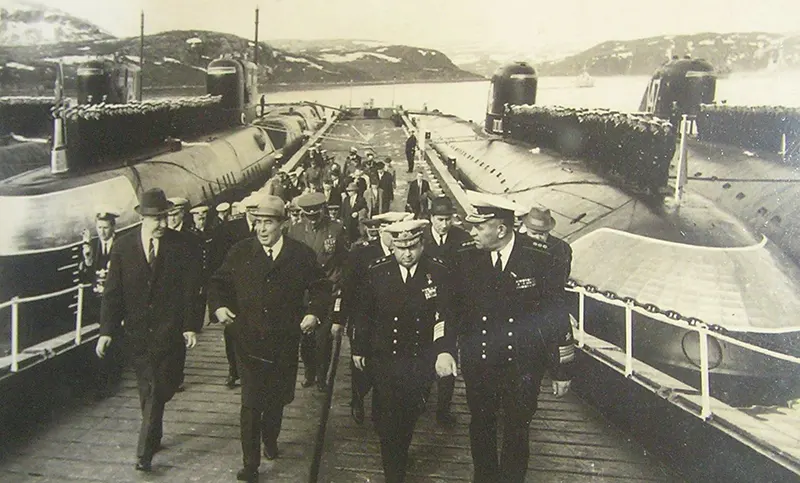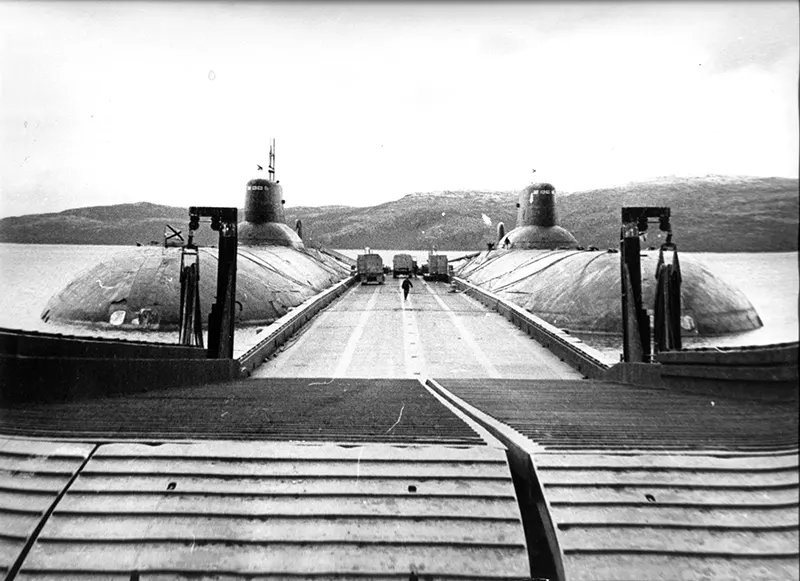The Cold War era is synonymous with arms races, political tensions, and a series of technological marvels. One of the most remarkable and awe-inspiring machines birthed during this period was the Soviet Union’s Typhoon-class submarine, known in Russia as “Project 941 Akula.” These giants of the deep, the largest submarines ever built, are a testament to human engineering and remain iconic symbols of naval might.
Unveiling the Typhoon Class: A Cold War Titan
The Typhoon class, known as “Akula” (Shark) in Russian, was developed under the secretive and aptly named Project 941. The project was the Soviet response to the American Ohio-class ballistic missile submarines, designed to ensure the USSR’s second-strike capability, a critical element in the doctrine of mutually assured destruction (MAD).
When these submarines were commissioned in the 1980s, they were the largest submarines ever built, measuring over 170 meters in length and capable of submerging deeper than 400 meters. The Typhoons were designed with multiple pressure hulls, a unique feature giving them superior survival capability, even in the event of a direct torpedo hit.
A Symbol of Underwater Might
The strategic importance of the Typhoon submarines was enshrined in their formidable arsenal. Each submarine was equipped with 20 R-39 Rif intercontinental ballistic missiles with a range of 8,300 kilometers, allowing the Soviets to target a significant portion of the American mainland while operating from the relative safety of the polar Arctic.
Beyond their offensive capabilities, the Typhoons were marvels of engineering for crew survivability and comfort. They featured comparatively luxurious amenities for the crew, including a swimming pool, sauna, and a gym – comforts previously unheard of in submarine design, and necessitated by the extended underwater missions these nuclear-powered behemoths would undertake.
The Typhoon’s Role in a Changing Geopolitical Landscape
The end of the Cold War and the subsequent dissolution of the Soviet Union dramatically altered the geopolitical landscape. These shifts had direct repercussions for the Typhoons. The significant costs associated with their operation and maintenance, coupled with the strategic arms reduction treaties, led to the gradual decommissioning of the Typhoon class. By the early 2010s, most were retired, with only one, the Dmitry Donskoy, remaining in service for training and testing purposes.
However, the legacy of the Typhoons wasn’t solely militaristic. The fascination with these vessels permeated popular culture, most notably with the 1990 film adaptation of Tom Clancy’s “The Hunt for Red October,” where a fictional Typhoon-class submarine was at the heart of a high-stakes geopolitical thriller.


